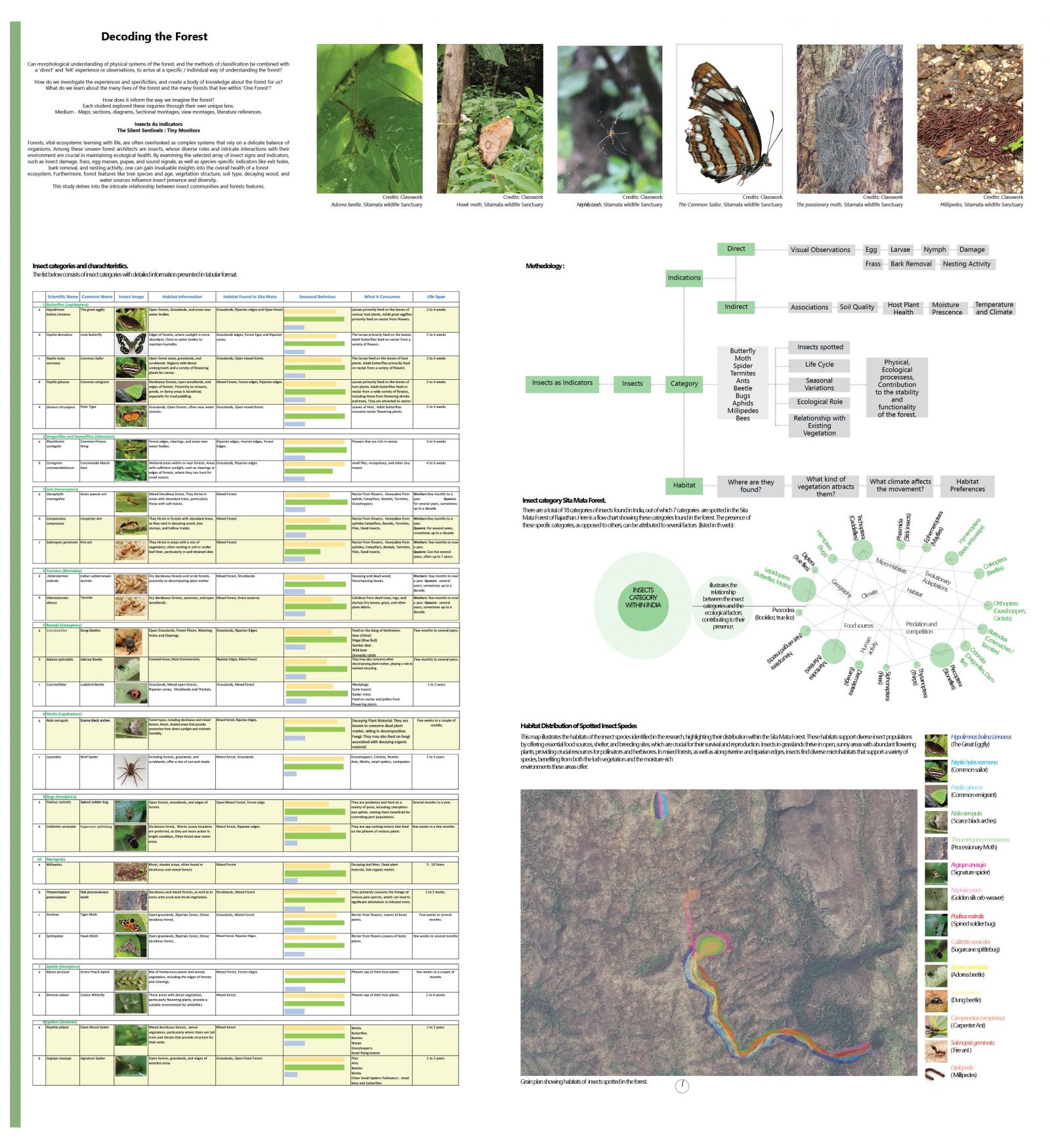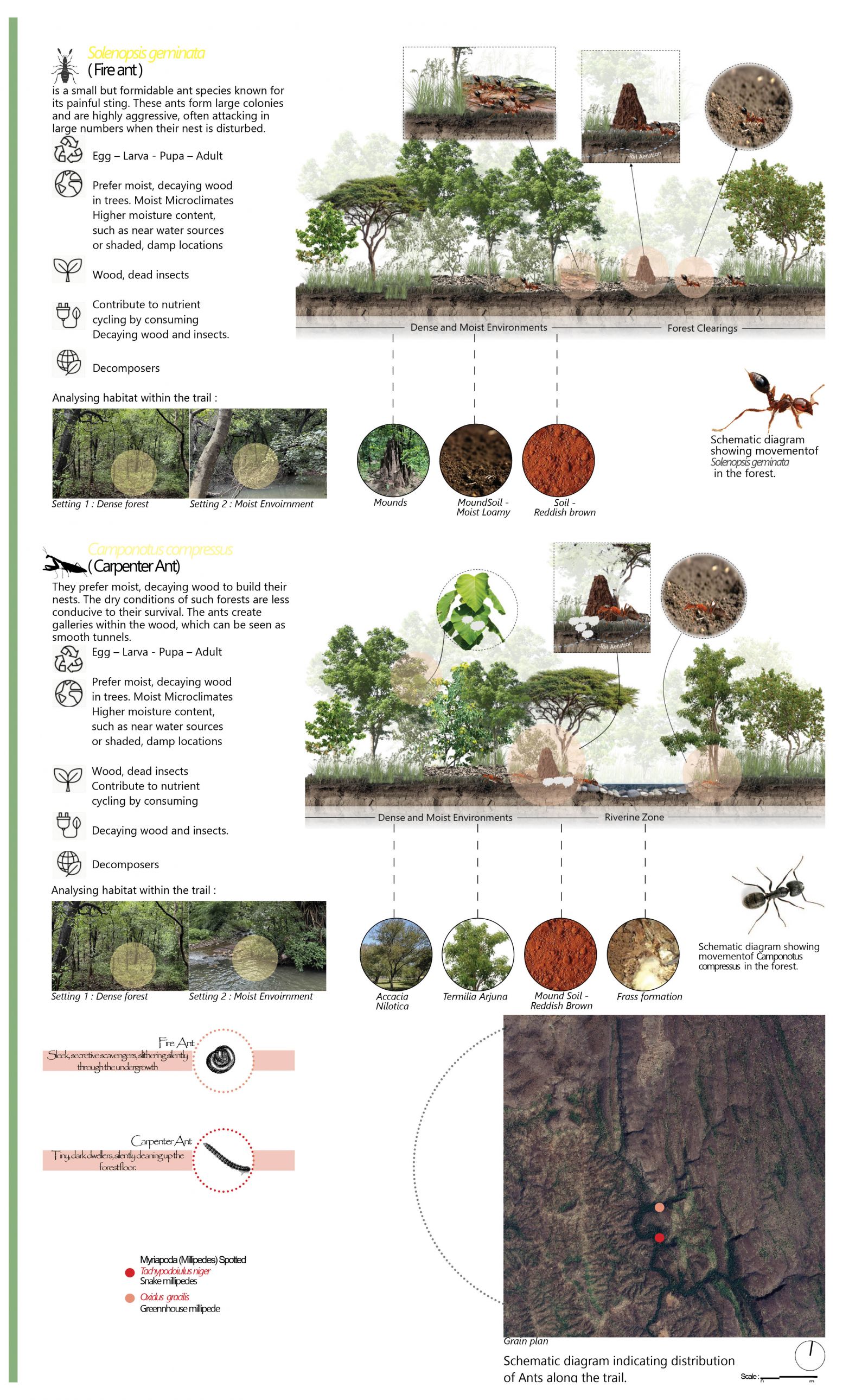Your browser is out-of-date!
For a richer surfing experience on our website, please update your browser. Update my browser now!
For a richer surfing experience on our website, please update your browser. Update my browser now!
Forests, vital ecosystems teeming with life, are often overlooked as complex systems that rely on a delicate balance of organisms. Among these unseen forest architects are insects, whose diverse roles and intricate interactions with their environment are crucial in maintaining ecological health. By examining the eclectic array of insect signs and indicators, such as insect damage, frass, egg masses, pupae, and sound signals, as well as species-specific indicators like exit holes, bark removal, and nesting activity, one can gain invaluable insights into the overall health of a forest ecosystem. Furthermore, forest features like tree species and age, vegetation structure, soil type, decaying wood, and water sources influence insect presence and diversity. This study delves into the intricate relationship between insect communities and forests.
View Additional Work








